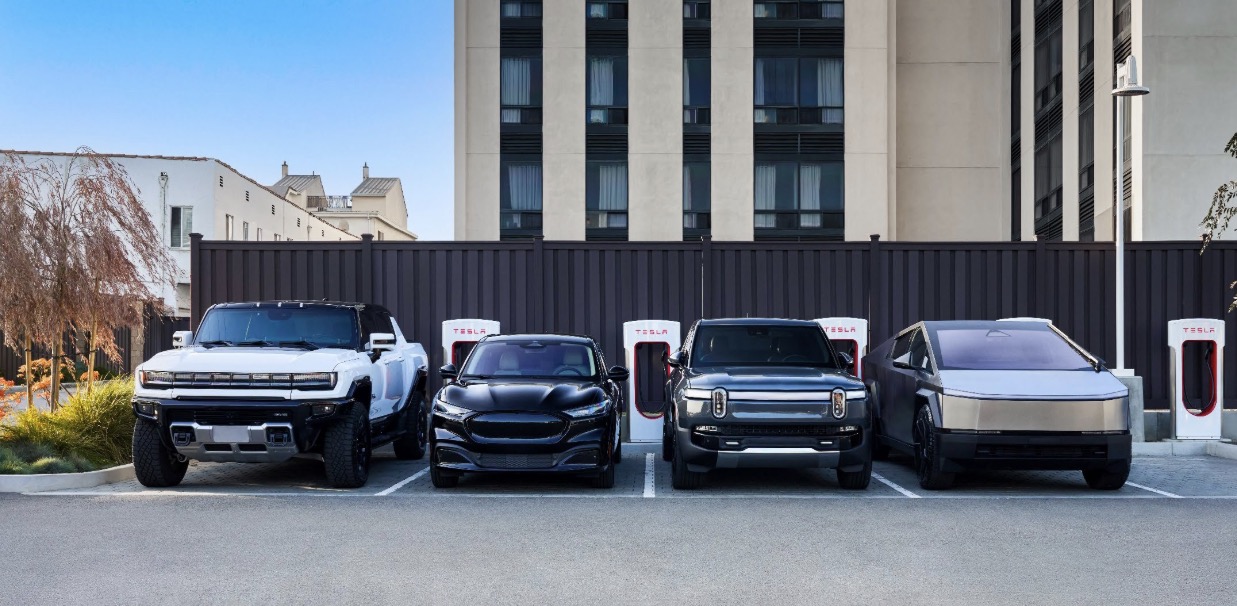
Tesla Supercharger deployment has already greatly slowed down compared to the same period last year and it is coming at a critical time for the charging network.
Earlier this year, Tesla CEO Elon Musk fired the company’s entire charging team – using them as an example after the head of the group pushed back against further layoffs.
He fired the team that undoubtedly built the best global fast-charging network for electric vehicles. Some believed that Musk was playing some 4D chess with this move, but the aftermath proved that it was simply a kneejerk reaction and Tesla even had to rehire some of the people who were fired.
We expected that the team being let go and Tesla slowly starting to rehire would result in a slowdown in Supercharger deployment, but we believed that the bulk of the slowdown would happen in the second half of the year as the charging team already had many Supercharger projects in the pipeline that could be completed without them.
However, we are now already noting a significant slowdown in Supercharger deployment.
According to Supercharge.info, Tesla has deployed ~5,000 Supercharger stalls so far in 2024 versus 6,200 during the same period in 2023:

That’s a roughly 19% reduction in deployment year-over-year.
Considering Tesla also saw its deliveries go down year-over-year during that period, it wouldn’t be too big of a problem, but the real problem is that the demand for the network is not expanding much faster as Tesla is opening it to non-Tesla EVs.
Earlier this year, Tesla started onboarding Ford and Rivian EV owners on the Supercharger network in North America on top of opening up its charging stations to other EVs in markets where they have standardized connectors, like in Europe.
Electrek’s Take
The timing for this is not great, to say the least. And it’s just the beginning. Tesla had a record deployment during the second half of last year, and therefore, I would assume that the difference in deployment will be even greater in the second half.
This is a real bummer because it not only affects current Tesla owners but also lowers the impact of the opening of the network. The biggest positive impact of opening the Supercharger network and adopting NACS as the standard connector is that it would increase the confidence of new EV buyers that they would have access to a great and reliable network.
That’s becoming less true.
FTC: We use income earning auto affiliate links. More.